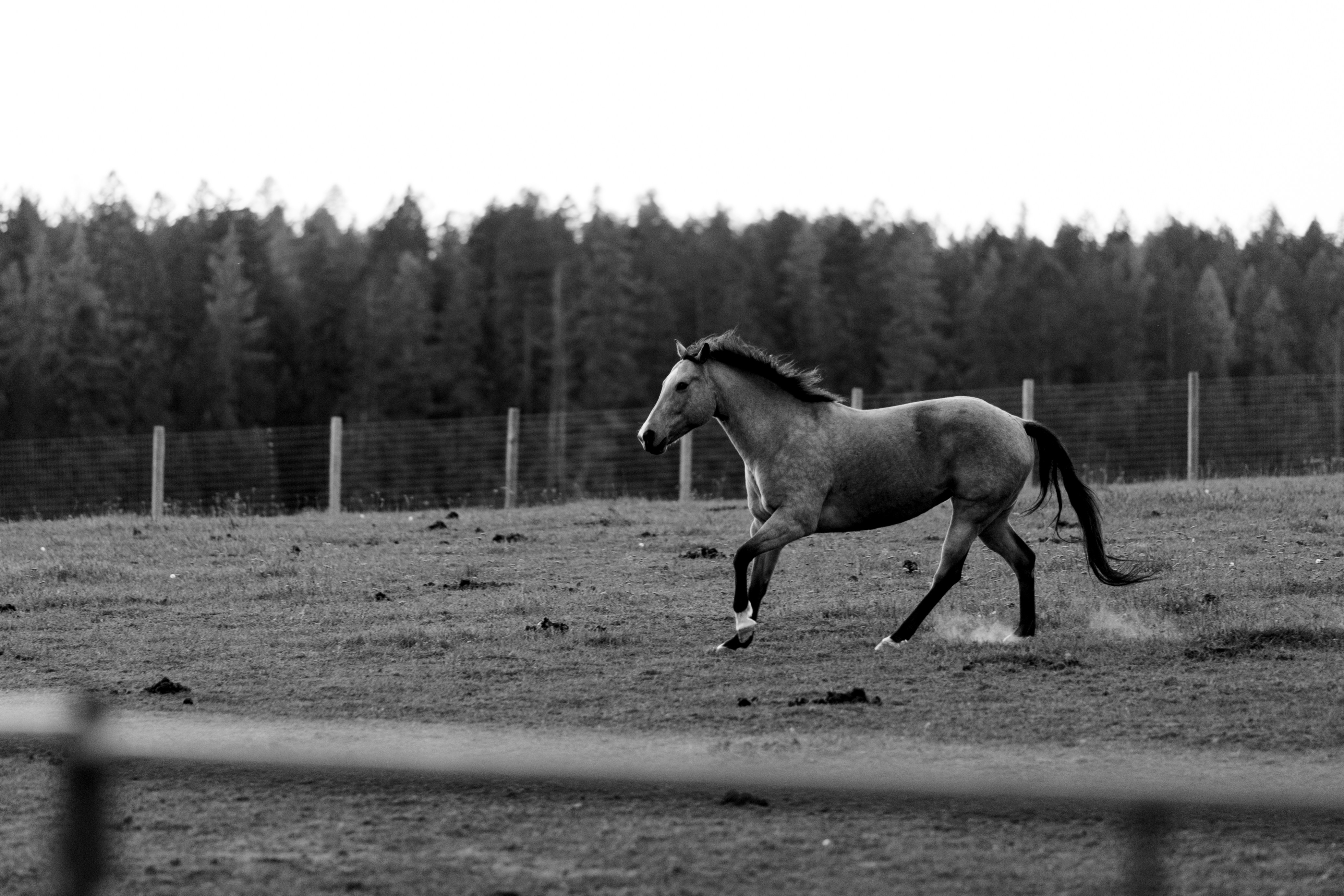Therapeutic Horsemanship: How Equine Therapy Impacts Human Health
Equine-assisted therapy (EAT), also known as therapeutic horsemanship, is a highly effective form of holistic therapy offering profound benefits - especially for those with mental and physical health conditions. This captivating union of human and horse, in a healing therapeutic environment, offers extraordinary possibilities for personal growth and recovery beyond traditional therapeutic approaches.

A Closer Look at Equine-Assisted Therapy (EAT)
Equine Assisted Therapy encompasses a broad spectrum of therapeutic activities involving horses to promote human emotional, physical, and mental healing. Unlike traditional therapy, EAT doesn’t restrict itself to indoor clinical environments; instead, it takes an experiential approach, encouraging individuals to heal while interacting with horses in natural settings. Each session is tailored to meet individual needs, integrating therapeutic exercises that build confidence, empathy, emotional resilience, and cognitive acuity.
The Healing Power of Horses
Horses possess remarkable emotional sensitivity and are keenly attuned to human emotions - making them perfect therapy animals. Interacting with horses can help to reduce anxiety and depression, combat feelings of isolation and loneliness, and foster a sense of companionship that’s essential for emotional well-being. Our equestrian friends also provide an impetus to physical exercise, contributing significantly to improved fitness, flexibility, and muscle strength.
The Role of the Horse-Rider Bond
Creating a bond with horses requires patience, trust, responsibility and compassion – attributes extending far beyond therapy sessions. This intrinsic emotional connection between human and horse can drive transformational life changes, inspiring individuals coping with traumatic experiences or battling addiction.
The Scope of EAT for Various Conditions
Equine-assisted therapy can aid in the treatment of a wide range of medical conditions. Patients with neurological conditions such as cerebral palsy or multiple sclerosis can benefit from EAT’s emphasis on balance and coordination. Similarly, EAT has shown positivity in treating mental health conditions like post-traumatic stress disorder (PTSD) and autism. The therapy’s calming and non-judgmental atmosphere makes it an effective tool for managing stress and anxiety, while promoting self-esteem.
Safety Measures in Equine-Assisted Therapy
While EAT has numerous benefits, it’s crucial to ensure safety. Therapy with trained professional therapists and well-prepared horses, along with using suitable gear, is key to maximizing the therapeutic impact. Compliance with these safety guidelines is essential, as the therapy is hands-on and involves direct interaction with large animals.
- Equine-assisted therapy involves certified professionals to ensure safe sessions.
- Therapists should possess extensive knowledge about horses’ behavior.
- Therapy horses undergo comprehensive training and are chosen based on their temperament.
- EAT requires participants to use protective gear to minimize risks.
- Therapy sessions are conducted at a pace tailored to participants’ comfort levels.
Unleashing untold narratives of resilience and recovery, therapeutic horsemanship gallops far beyond the conventional bounds of therapy. This interconnectedness with another being in a nurturing environment helps individuals observe, explore, and eventually transform their emotional and physical responses. Equine therapy, as a beautifully choreographed therapeutic dance between human and horse, offers a shimmering tapestry of resilience, strength, and healing that equally benefits the horse and the human. Harnessing the remarkable power of the equine-human bond, it has the potential to greatly enhance therapeutic landscapes in the future.




